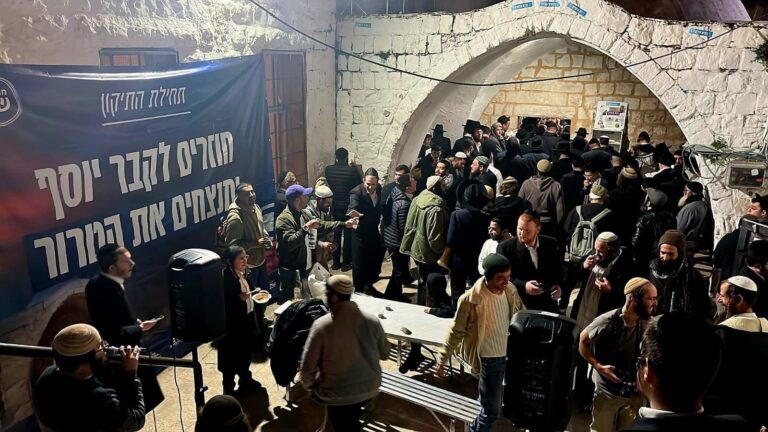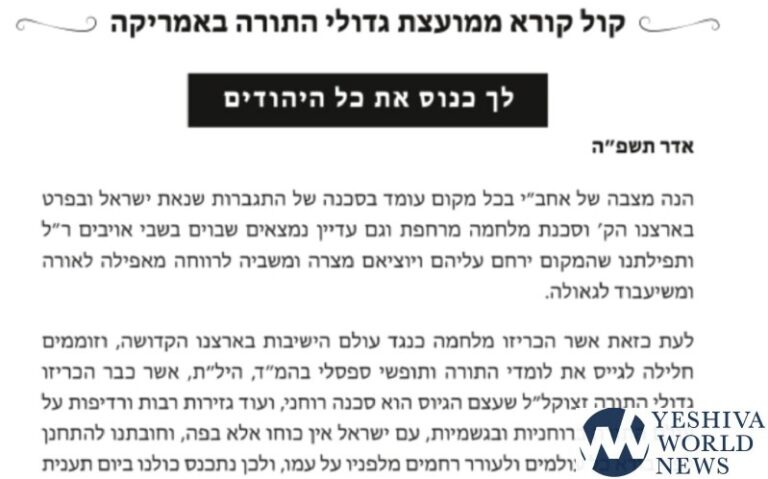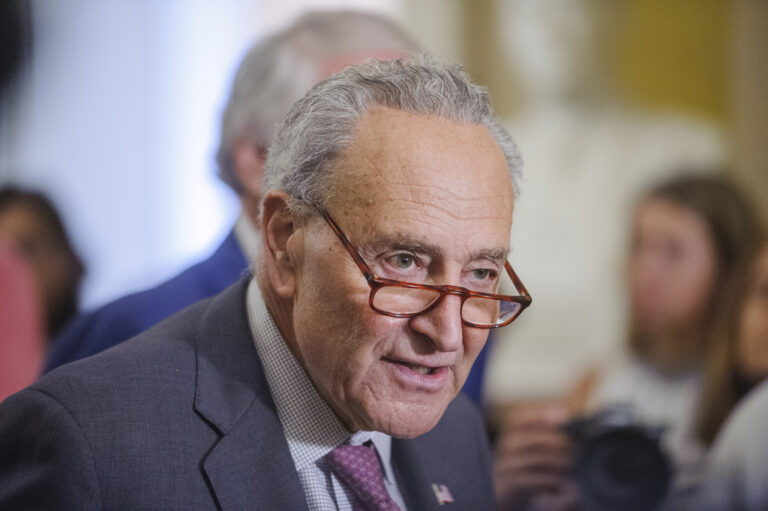By Rabbi Yair Hoffman
There is a great debate out there as to how we should be looking at certain areas of halacha. Before we get to that debate, however, a brief introduction is in order.
Rav God’l Eisner zatzal was the Mashgiach of the Chidushei HaRim Yeshiva in Eretz Yisroel. In his shiurim on Sefer Mesilas Yesharim, he once explained why many of the ethical aspects of Torah are called midos. He explained that these ethical aspects are not necessarily objectively quantifiable but are more subjective in nature. Rav Eisner provides a moshol that they are likened to a tailor who measures the specific dimensions of a man fitting himself for a suit. Some men are tall – others are short. Some are thin and some are portly. This is why they are called midos – measurements. There are other aspects of Torah, however, that are clearly well-defined objective laws. Hilchos Kashrus and Hilchos Shabbos – fit into the latter category.
THE TWO GROUPS
Some people, even in our own Torah communities, claim that the laws of Lashon Harah were not originally of the latter category, but rather of the former category and it was the Chofetz Chaim who changed them up. Others, however, disagree.
For purposes of clarity, we can name the two groups. The first group we can call the “Only Guidelines Proponents” – henceforth OGP. The latter group we can call the “Guidelines and Specifics Proponents” – henceforth GSP.
The GSP claim that there are objective and clear-cut rules to the ethical dimensions of Torah as well. These objective rules always existed and are and always were part and parcel of our Torah tradition. It is just that just like in other aspects of Torah that were scattered about throughout Shas – they needed to be gathered and clarified as well.
The OGP claim that this is not true and that the Chofetz Chaim took something that was only OGP and changed it up to become GSP. They look at the Chofetz Chaim as going beyond a clarifier of Halacha but rather an innovator – of sorts.
THE RIF
Some of the claims of the OPG are, however, beyond the pale of acceptability. The Rif, who left out the Aggadic sections of the Talmud clearly quantified many of these as halachos – as they are found in his halachic compendium on Shabbos (see daf yud gimel through yud dalet in the Rif). This was in the 11th century – some eight centuries before th Chofetz Chaim.
On the other hand, the OPG try to bring a proof from the fact that they Rambam only includes Lashon Harah halachos in Hilchos Dayos (See 7:1-6) – and not in, say, Sefer Nezikin – that this area of Torah was always subjective and not quantifiable. The response of the GSP camp would be that some things are not so easily quantifiable and that they too are objective laws just like hilchos Shabbos.
IS THERE A THIRD CATEGORY?
This author would like to suggest that the GSP are correct but that there is a third category where there are detailed halachos but there is no maaseh action associated with these halachos – just speech. This is why they are included in Hilchos Dayos. The Chofetz Chaim, just like in other areas of halacha, was a gatherer of specific objective halacha and did not “make up” – so to speak – the laws of Lashon haRah.
It is clear, however, that not all Poskim look at all areas of halacha in the same manner. The Sefer Chasidim’s position on MiDvar Sheker Tirchak is that it falls within the category of Aitzah Tovah rather than an issur in the Torah. Others, however, including the Chofetz Chaim, look at it as clear-cut objective halacha.
The author can be reached at [email protected]












One Response
Whatever the Chafetz Chaim paskened in his seifer on lashon ha’rah he backed up with proofs from Shas,Rishonim and early Achronim. Chalilah to say otherwise. The Gemorah speaks of the greatness of the aveirah of lashon ha’rah. If there are no objective rules regarding this aveirah, how can one stay away from it?